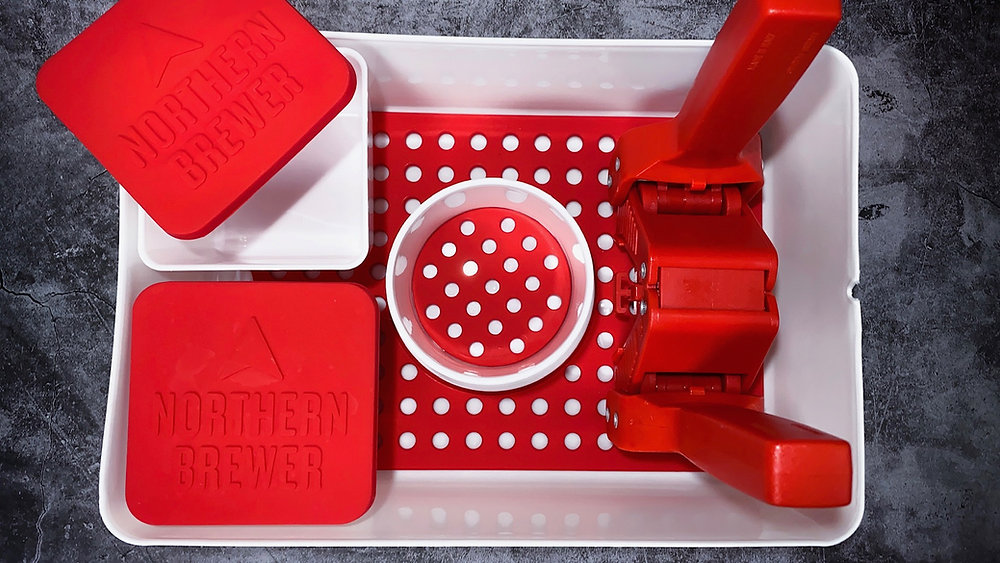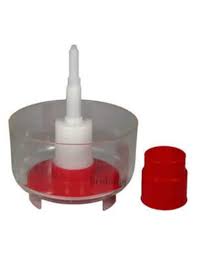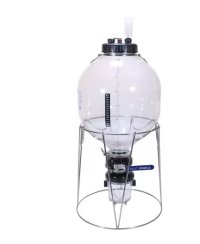Ninoid
Well-Known Member
Aeration of hot wort is different from aeration of the cold wort pre-pitch. There's some evidence that dissolved oxygen can have an impact on the mash and oxygenate compounds there. John Palmer says any oxygenation of wort over 80 degrees can impact compounds in the wort that eventually lead to staling. And to Ninoid's point about the boil driving off oxygen, that's only true for dissolved oxygen that's still in solution. It won't reverse oxygenated compounds created by DO in the mash.
I think everyone agrees that hot-side aeration isn't nearly as harmful to beer as cold-side aeration, and homebrewers should focus first on getting oxygen out of their post-pitch process. I'm already doing closed transfers into purged kegs, and I figure for as easy as it is to drop a little sugar and yeast in my water, I'll incorporate it into my process when I'm brewing hoppy beers.
Not to mention that Brulosophy didn't find any difference with hot side aeration, I don't think you can avoid aeration when pouring grain into water, strong stiring a few times and pouring into the fermenter. At least not with my BIAB method without a pump.






























![Craft A Brew - Safale S-04 Dry Yeast - Fermentis - English Ale Dry Yeast - For English and American Ales and Hard Apple Ciders - Ingredients for Home Brewing - Beer Making Supplies - [1 Pack]](https://m.media-amazon.com/images/I/41fVGNh6JfL._SL500_.jpg)





























